I created this diagram to assist my future posts on Buddhist themes. Below are links and texts to help explain the outline. It is my hope that this diagram aids the reader in visually organizing the dharma (the Buddha’s teachings) in a way that makes it easier to remember, question and discuss.
NOTES
- Sectarianism: Just as in Christianity, Islam, Judaism, Hinduism …, Buddhism has a plethora of sects. Each sect has its own spin on doctrines with similar names. This model contains much which is common between Buddhist sects but each sub-aspect is handled differently between the sects.
- Terms: The early texts of Buddhism are in Sanskrit and Pali. Transliteration systems for Sanskrit abound — I am sure I will be inconsistent. I try to stick to Sanskrit only because it was part of my studies at one point. For a similar reason, I added a few Chinese/Japanese terms.
- Siddhartha Gautama: (wiki) The founder of Buddhism.
- The Three Jewels (triratna): (wiki) The basic creed of Buddhism.
- 3 Bodies (trikaya): (wiki) The metaphysical understanding of the Buddha (interpreted very differently between sects).
- The Four Noble Truths: (wiki) A medical model – Diagnosis: there is dissatisfaction (“dukkha”); Pathology: it has a cause; Prognosis: it is curable; Treatment: the 8-fold path is the treatment.
- “Duhkha“: (wiki) from Sanskrit (Pali: dukkha), variously translated: dissatisfaction (my favorite), suffering (physical pain and emotional turmoil), misery, bitterness. On the chart, I kept it in Sanskrit because it is short!
- The Eight-Fold Path (marga): (wiki) Buddhism is essentially the elaboration of all these aspects. It would take a huge chart to illustrate the “Meditative Training aspects” as it would the others — this is an Intro chart. For example, I have only set-off three subjects from within just one of these because I find them important to Buddhism and I have written about them (or alluded to them elsewhere on my blog).
- Three Marks of Existence: (wiki) My related posts: Many Selves, No Self.
- Interdependence: (wiki) This is a crucial idea in Buddhism. It can be viewed through both positive (True Mind) and negative (Deluded Mind) cycles of causation (see Thich Nhat Hanh (below)). My mildly related posts: En
- Two Truths: (wiki) My related posts: Levels of Truth
- Four Immeasurable Minds: (wiki) mental trainings to aid in freeing the deluded mind from suffering.
Source Texts:
- Buddhism: a modern perspective. Prebish, Charles, 1978 (amazon)
- The Vision of Buddhism. Roger J. Corless, 1989 (amazon)
- An Introduction to Buddhism: teachings, history and practices. Peter Harvey, 1990. (excellent academic intro) (amazon)
- Introduction to Tibetan Buddhism. John Powers, 1995. (amazon)
- The Heart of the Buddha’s Teaching: transforming Suffering into Peace, Joy, and Liberation. Thich Nhat Hanh, 1999 (highly recommended). (amazon)
- An Introduction to Buddhist Ethics. Peter Harvey, 2000. (amazon)



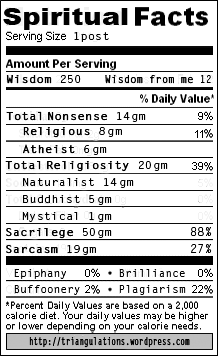



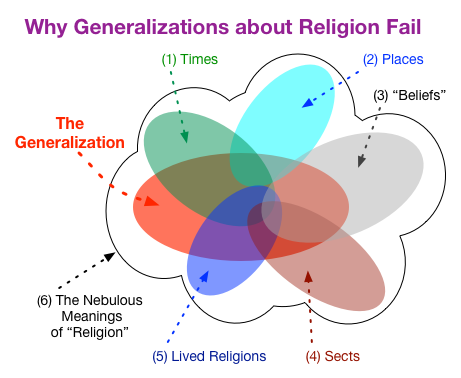


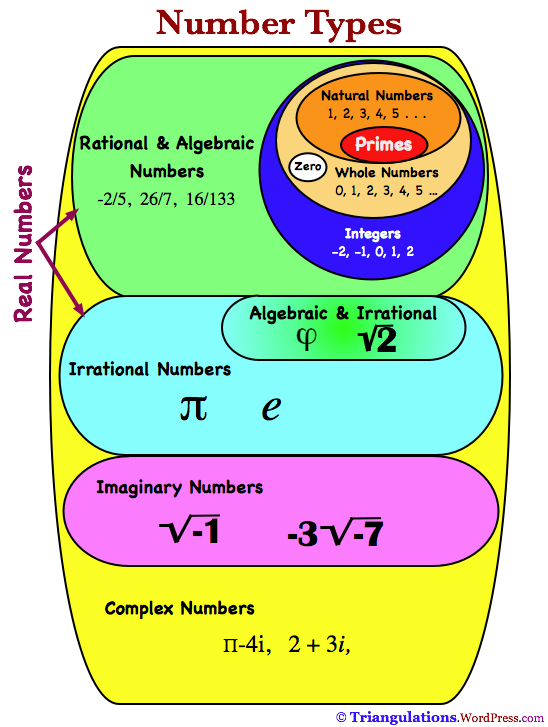


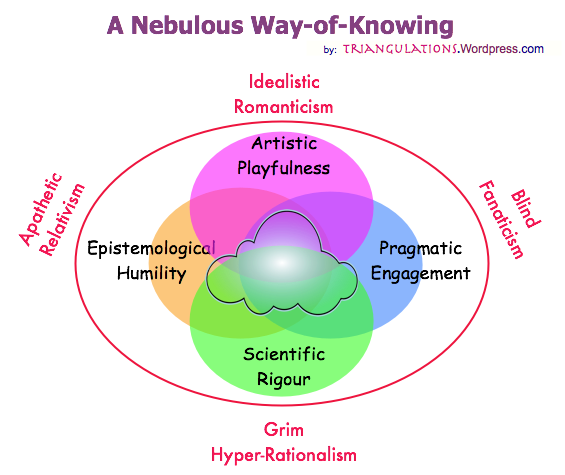






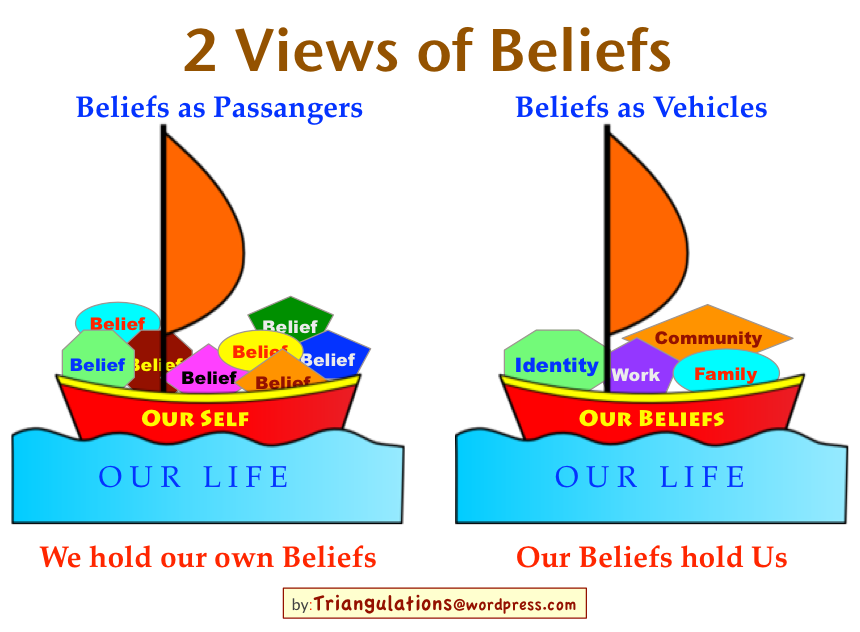







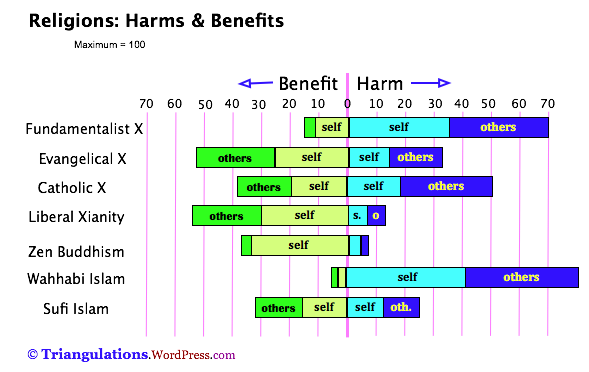



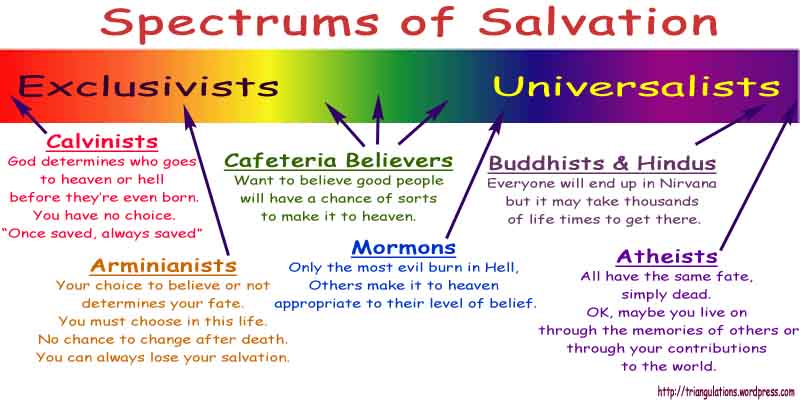




Awesome stuff again, visualizationmeister.
I didn’t understand the 3 bodies bit, Dukha, or the 12 links. Everything else seems to make sense without any other context.
@ Ian… Sabio’s diagram assumes some knowledge and experience with these teachings. The links will probably clean this up for you. My teacher, Steve Hagen, has a website for the zen center he operates…
http://www.dharmafield.org
Try this… His books are very straightforward too.
@ Sabio… I have never seen Buddhism diagramed this way in my zen lineage. I have seen this presentation in Theravadan Buddhism however. What is your source for this?
Love this topic. I will be interested to see where this goes.
@Ian :
Sorry, I should probably have been patient. Here is the update with the links etc.. I imagine that will help.
@Ed :
This presentation is actually central to Mahayana Buddhism also. Each sect will emphasize and present things differently, as you know. Hope the links help.
Great visualization and a very simple means to explain what to some can be overwhelming to understand.
Thank you for putting the work into this.
Ah, perfect, thanks!
I like it Sabio. To me Buddhism is a psychology not a religion. I understand that it is a religion to millions however. The best treatment on Buddhism without the religious BS has been done by Stephen Batchelor in his well done book “Buddhism Without Beliefs“. It is a scholarly work that is accessible to the reader new to Buddhism.
@ Ed
Yes, I value it for the psychology too. I have touched up the diagram to add a few other key elements found in much of Buddhism. I am having a huge conversation over at Reddit (atheism) about this diagram. 97 comments over there already.
I have heard of Batchelor but not read him yet — I will put him on my list – thanks.
I had thought there was a fourth characteristic the Buddha mentioned as being inherent in existence: Peace. (Suffering leads to awareness; awareness leads to compassion; compassion leads to dharma; dharma leads to peace)
Sorry, Speakers, haven’t heard anything like that. It actually makes no sense to me.
Pingback: Tricycle » Buddhism diagrammed
I was pleased to see my diagram published in Tricyle’s on-line blog. And due to some suggestions there I added the important 4-Immeasurables. I had debated adding the to the original, and should have.
For flavor, I also added some Chinese/Japanese terms.
Can I repost this on my posterous blog that is linked? I’ll link back to here.
Sure, just quote me. Thx!
Pingback: Mahayana Buddhism « Earthpages.ca – Think Free
Buddha’s personal name is Sukiti, not Siddhartha. People called him Gotama because Sukiti’s aunt (masi) Gotami brought him up after his mother died. Buddha is his title. Buddha means supreme wise person. Sukiti Gotama attained Buddhahood through hard work and practice. So Sukiti’s full name is Sukiti Gotama Buddha.